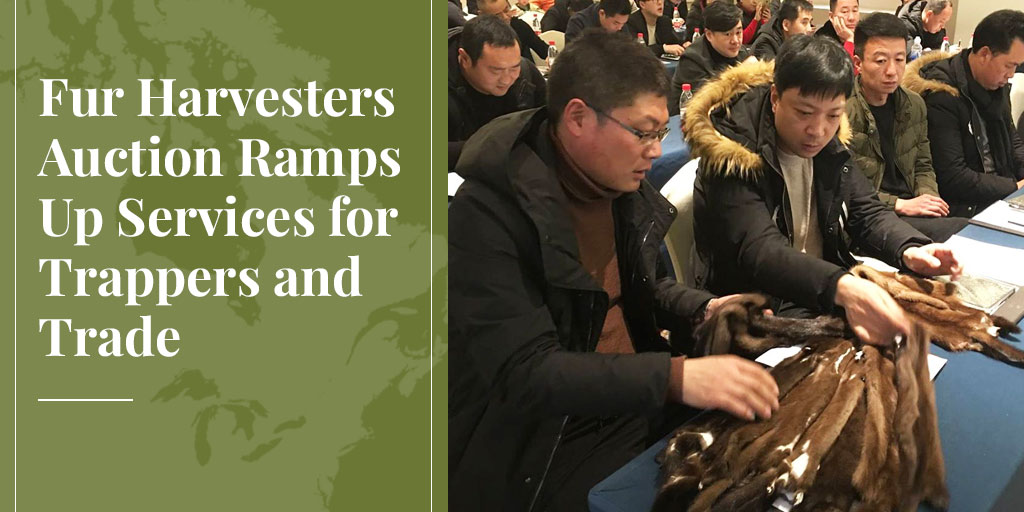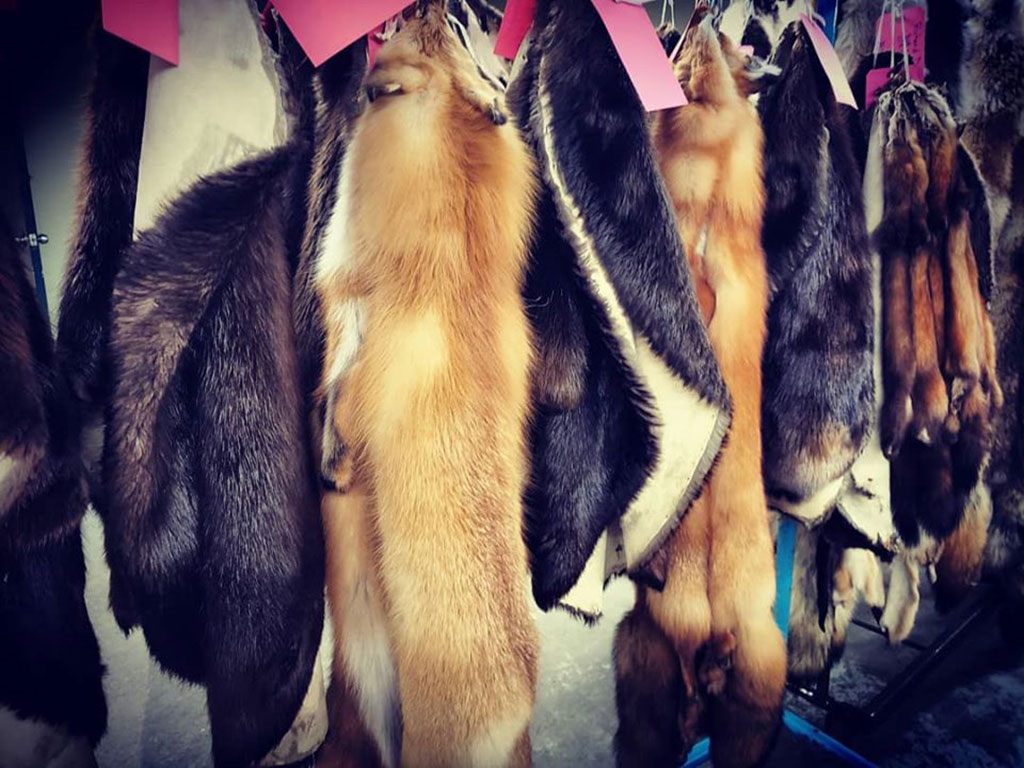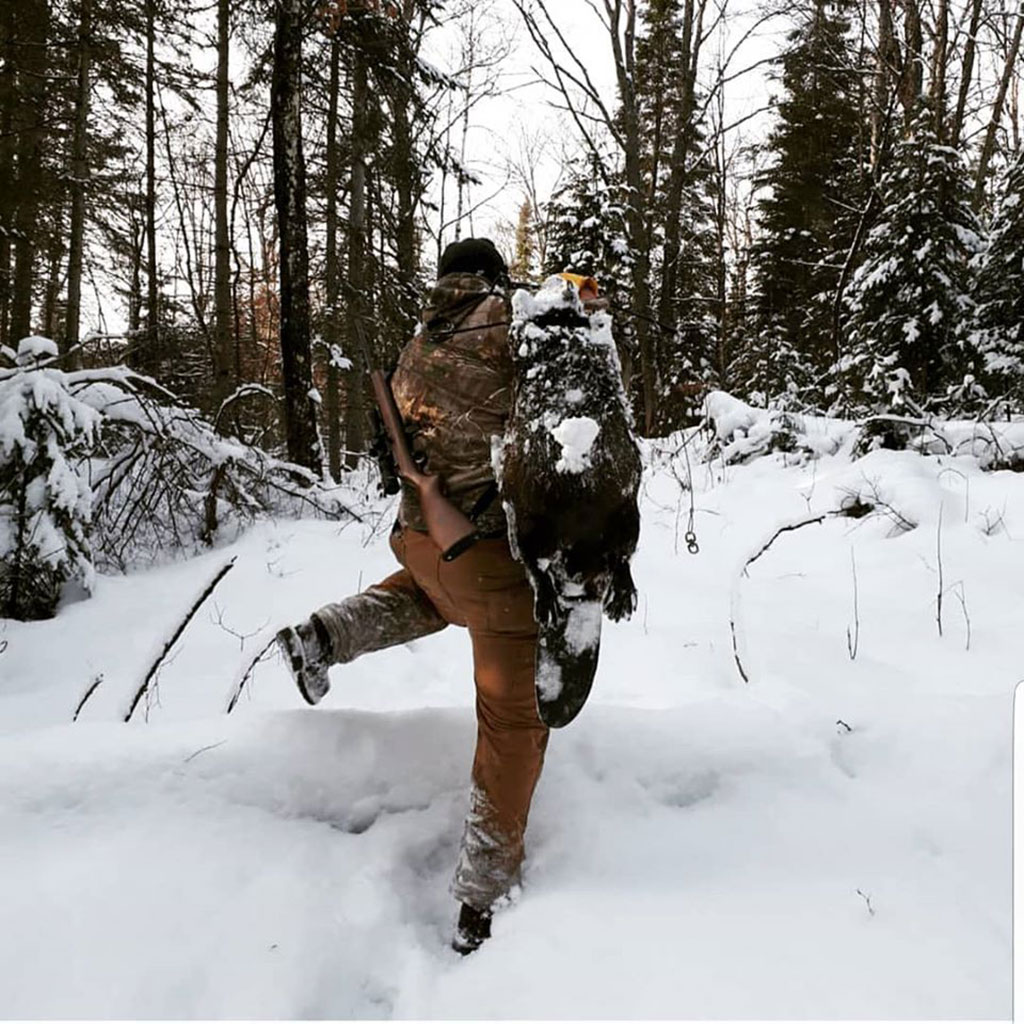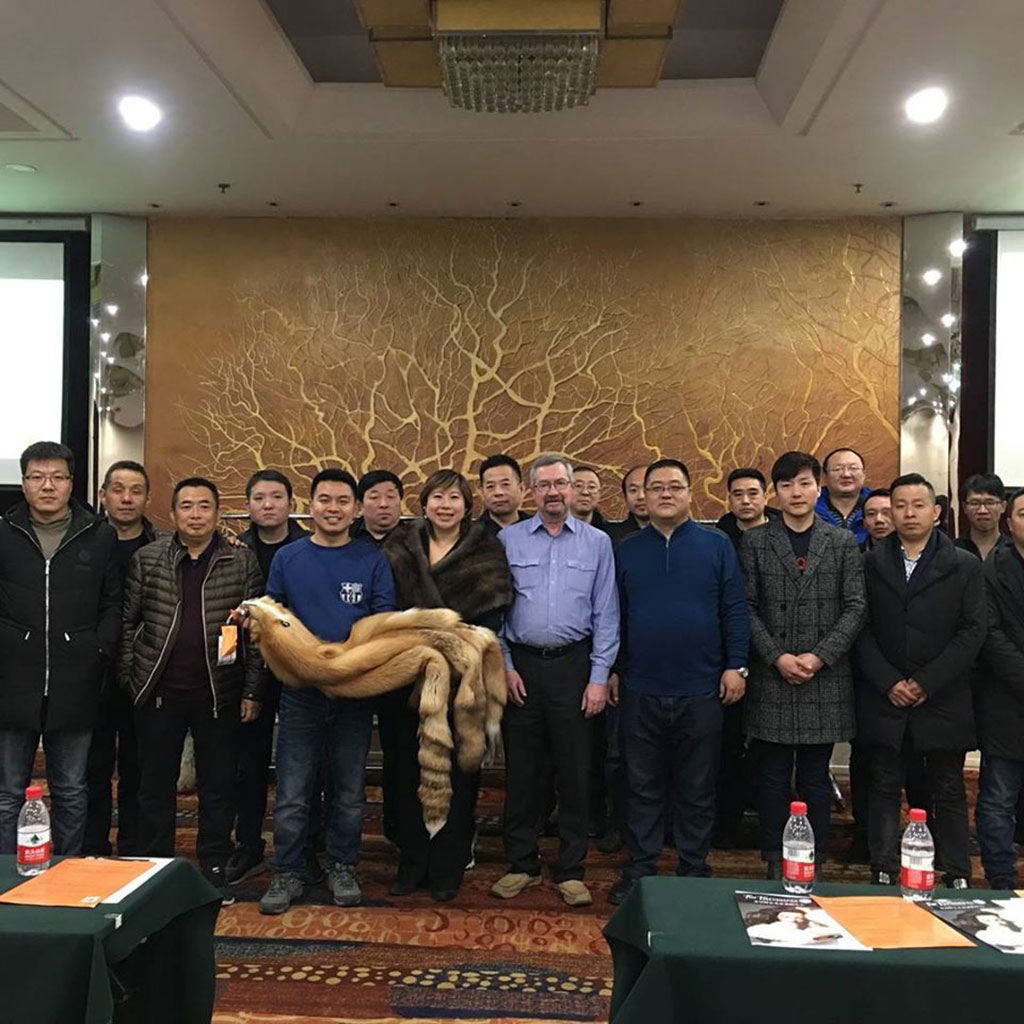
As many in the industry are aware, Fur Harvesters Auction is boosting its operations to better serve North American trappers and the fur industry worldwide. For an update, we contacted FHA’s Director of Planning and Development, Howard Noseworthy.
TruthAboutFur: Good to speak with you Howard. So how long has Fur Harvesters Auction been serving trappers and the fur industry?
Howard Noseworthy: We trace our roots back to the auction launched in North Bay by the old Ontario Trappers Association, in 1947. The current name and structure of Fur Harvesters Auction was set up in 1991.
TaF: And it is quite a special structure, isn’t it?
Noseworthy: Yes, Fur Harvesters Auction is a 50/50 partnership between indigenous and non-indigenous trappers, and that 50/50 partnership carries right through to the composition of our Board of Directors. The president also rotates every two years between native and non-native trappers. And I am happy to say this partnership has truly been wonderful; it’s served us well for the past 28 years, and hopefully will continue for many years to come.
TaF: We hear that Fur Harvesters Auction is in the process of expanding its operations. What can you tell us about that?
Noseworthy: Fur Harvesters Auction is certainly in growth mode. We are considerably expanding our network of agents servicing trappers, across both Canada and the US. As part of this expansion, we have taken over a facility in Winnipeg to handle western Canadian furs. All our western coyotes will be graded in Winnipeg by an experienced team that is well known to trappers, headed up by Mary Schellenberg.

TaF: We understand that you are stepping things up in the US as well.
Noseworthy: Yes, we are also ramping up the capacity of our facility in Cambridge, Wisconsin, to better serve US trappers. All our US and Canadian raccoons will be graded by the Cambridge team, as well as the majority of US coyotes. We are increasing the number of employees in the US to handle these new responsibilities.
TaF: And we hear there is also some exciting news from northern Canada.
Noseworthy: Yes, on December 11, we were proud to announce a new collaboration with the North West Company whereby Northern and NorthMart stores, across northern Canada, will be acting as our agents. They will receive furs and provide indigenous and other northern trappers with cash advances for pelts they send to auction. This will further expand our offering of the finest northern furs while providing an important service for remote communities.
TaF: And what about your headquarters in North Bay, Ontario?
Noseworthy: We are increasing the size of our team in North Bay as well, so we can handle greater volumes of fur. We expect that the larger collection of fine North American wild furs in one location will attract more buyers, which should result in higher prices for trappers.

TaF: Speaking of prices, how do you see the wild fur market playing out in the coming year?
Noseworthy: We expect coyotes to remain very strong. Better bobcats will also continue at good levels. Muskrats are actually quite strong too; they have been selling through, which is important. Beaver actually saw a little bump this year – prices gained about 18% in the May sale, compared with March – but of course that’s from a low baseline so we still have a long way to go. But demand and prices are strong and still increasing for castoreum, so that helps. Sables should hold current levels. Otters and fishers, unfortunately, are still having trouble. But from what we hear from our customers, the trimming trade is performing well and should be an increasingly important factor. We definitely see some good opportunities emerging for wild fur.
TaF: Fur Harvesters Auction also provides trapping supplies, doesn’t it?
Noseworthy: Oh yes, our agents and depots carry a full range of traps and trapping supplies, and all of our traps comply with the Agreement on International Humane Trapping Standards.
TaF: On a more personal level, Howard, how did you get involved in the fur business?
Noseworthy: Ah, well, I’ve been at this for quite a while. I began trapping when I was 23, and that’s more than 40 years ago. I was active in the Newfoundland and Labrador Trappers Association, and was elected president. The legendary Alec Shieff asked me to set up the first Ontario Trappers Association depot in Newfoundland. After that I worked with the Ontario Fur Managers Federation for 11 years, before moving here to North Bay. I’ve been here for about 11 years now.
TaF: So you have a true ground-up knowledge of the fur business.
Noseworthy: Yes, and I still grade fur too. In fact, all of us here at Harvesters grade fur, even Mark Downey, the CEO. Mark grades lynx and bobcats. That’s part of what makes Fur Harvesters such a special auction house, I think. We understand all sides of the business. We’re close to our buyers, of course, and we understand the market and its needs, but we also understand what it’s like getting wet and cold when you’re out on the trap line. Fur is in our blood.

TaF: Any thought of adding farmed fur to the offering?
Noseworthy: Many people don’t realize that while we’re primarily a wild fur house, we have also been selling the largest collection of North American farmed fox for some time. We have also handled small numbers of farmed mink. As for the future, we’ll see what it brings.
TaF: Anything else important that you see on the horizon?
Noseworthy: One very important event for the industry will be the implementation of the new FurMark program, that begins in 2020. The program is spearheaded through the International Fur Federation and will provide assurance to consumers that furs they buy are produced responsibly. We believe this will be very important for the industry, and Fur Harvesters is supporting it strongly.
TaF: Busy times!
Noseworthy: For sure. For now we’re continuing to focus on providing the best service we can for producers and for the industry as a whole – and we think our role is more important now than ever.
TaF: Thank you for this update, Howard.
***
For information about Fur Harvesters Auction's pick-up and auction schedules, trapping supplies, and other matters, please visit its website. And be sure to check out its Facebook page too.










